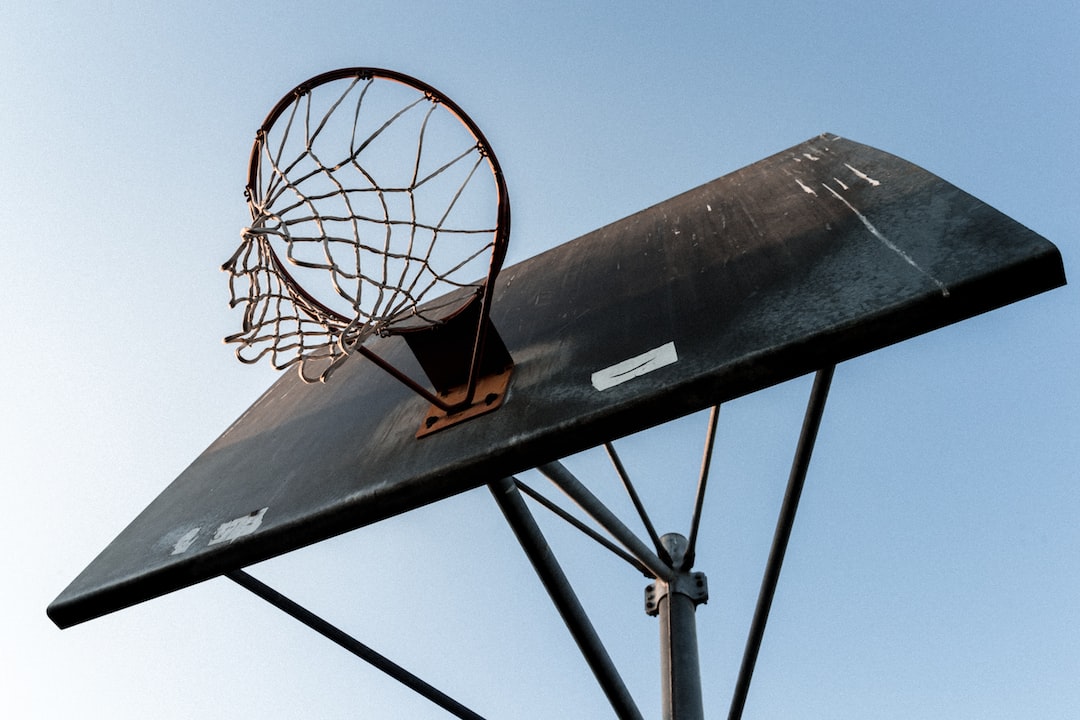The Importance of Warm-ups and Cool-Downs in Athletics
Athletics, whether it be running, jumping, or throwing, involves a lot of physical activity and strain on the body. To ensure peak performance and prevent injuries, warm-ups and cool-downs have become crucial components of any athletic training regimen. These activities serve as preparation and recovery techniques that help athletes make the most out of their physical exertion and maintain their overall well-being. This article explores the significance of warm-ups and cool-downs in athletics and highlights their benefits.
Warm-ups are essentially a set of exercises performed before engaging in any vigorous physical activity. They serve to gradually prepare the body for the upcoming workout or game by increasing heart rate, circulation, and body temperature. Warm-ups typically consist of stretching exercises, joint mobilization movements, as well as low-intensity cardiovascular exercises.
One of the primary benefits of warm-ups is injury prevention. When athletes engage in strenuous activities without warming up, their muscles, tendons, and ligaments are more susceptible to strains, tears, and other injuries. Warm-ups, on the other hand, increase blood flow to the muscles, making them more flexible and less prone to damage during physical exertion. By gradually raising the body’s temperature, warm-ups also enhance muscle performance and reaction time, ensuring athletes are better prepared for quick and explosive movements.
Furthermore, warm-ups provide mental preparation for athletes. They act as a transition from a relaxed state to an alert and focused mindset. By incorporating breathing exercises and mental imagery during warm-ups, athletes can increase their concentration, reduce anxiety, and enhance their overall performance. Warm-ups also help improve joint stability and range of motion, which is particularly important for activities that require flexibility and agility, such as gymnastics or high jumps.
After the main session of any athletic activity, the body requires a proper cool-down to promote recovery and return to a resting state. Cool-downs involve performing low-intensity exercises or stretches that gradually lower heart rate and ease the body back to its pre-exercise condition. Just like warm-ups, cool-downs have numerous positive effects on the body.
Cool-downs aid in preventing delayed onset muscle soreness (DOMS) and muscle stiffness. When athletes abruptly stop exercising, blood can pool in the veins and the muscles can become tight, increasing the risk of muscle spasms and cramps. Cool-downs help prevent these symptoms by allowing the body to slowly return to its resting state, which facilitates the removal of waste products, such as lactic acid, from the muscles. This gradual reduction in heart rate and circulation helps prevent dizziness and promotes faster recovery.
Additionally, cool-downs promote psychological well-being. Engaging in relaxation and stretching exercises after physical exertion aids in reducing stress, tension, and anxiety. Cool-downs also give athletes an opportunity to reflect on their performance and set goals for future training sessions. These post-workout routines are crucial for mental recovery and can help prevent burnout and overtraining.
In conclusion, warm-ups and cool-downs are indispensable aspects of any athletic training program. Warm-ups prepare the body for strenuous physical activity, increase flexibility, and reduce the risk of injuries. Cool-downs, on the other hand, promote recovery, prevent muscle soreness, and improve mental well-being. By incorporating these routines into their training regimens, athletes can optimize their performance and safeguard their long-term health and success in their respective sports.
